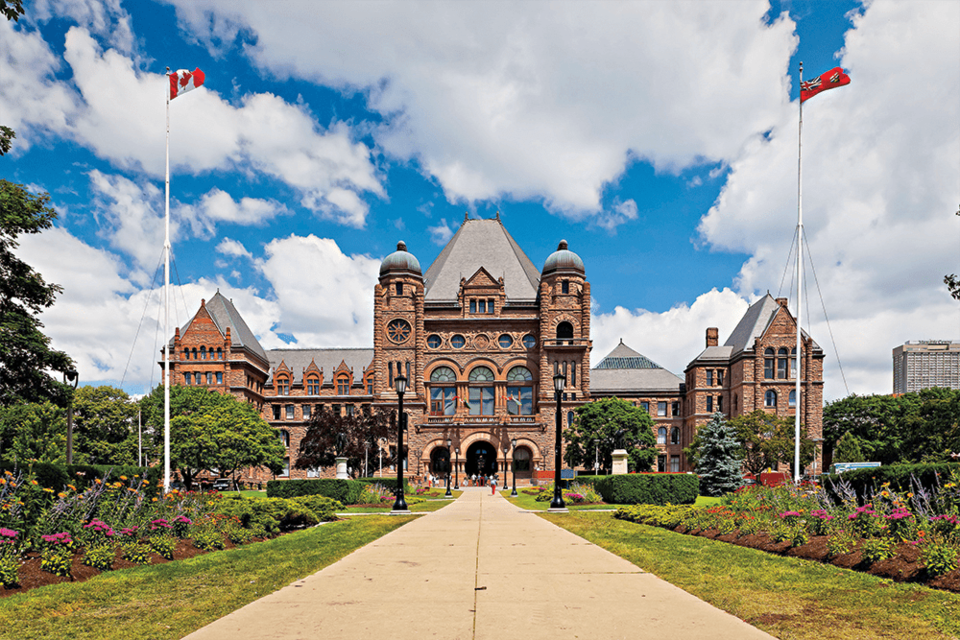On January 1, 1970, the Regional Municipality of Niagara was formed with the amalgamation of two counties and 26 municipal structures into one regional government with 12 area municipalities. What is now the riding of Niagara West was originally comprised of the municipalities of Grimsby, Louth, Clinton, Gainsborough, South Grimsby, Caistor, Pelham and Wainfleet.
According to the Niagara Region’s website, work on local government reform began in 1963 with the creation of the ‘Niagara Peninsula Municipal Committee on Urban and Regional Research’. Dr. Henry Mayo was commissioned in 1965 to report on such a restructuring to the provincial government’s Minister of Municipal Affairs. The Mayo Report, released in 1966, recommended that the Regional Municipality of Niagara be created.
Over 53 years after the formal creation of the Niagara Region in 1970, the peninsula has grown substantially, facing different needs and challenges than half a century ago, and questions of governance reform are coming to the forefront once again.
This fall, Hon. Paul Calandra, Minister of Municipal Affairs and Housing, asked the Ontario Standing Committee on Heritage, Infrastructure and Cultural Policy to study regional governance in select regions across the province, including Niagara. The purpose of this study is to ensure local governance structures are providing effective and accountable government, particularly when it comes to the efficient delivery of services and getting more homes built.
This Standing Committee of the Legislature will be visiting St. Catharines for public hearings on Wednesday, January 10
To quote directly from the letter of the Minister of Municipal Affairs and Housing requesting the study:
“Specifically, this study could shed light on the following:
-
Is two-tier government in these regions supporting or hindering the construction of new homes and the provision of effective local governance more generally?
-
Are there responsibilities and services that could be combined, amended, or moved from one level of local government to another, or combined among existing local governments, to support the construction of new homes and the provision of effective local governance more generally?
-
Is the municipal governance structure within each of these regions supporting the construction of new homes and the provision of effective local governance more generally?
-
Could any changes to regional governance enhance local services and/or provide better value to taxpayers?”
This Standing Committee of the Legislature will be visiting St. Catharines for public hearings on Wednesday, January 10, 2024, from 10:00 AM to 12:00 PM and 1:00 PM to 6:00 PM.
To present to the Standing Committee on Heritage, Infrastructure and Cultural Policy, or to submit written feedback and suggestions, interested parties can visit www.ola.org/en/apply-committees. I strongly encourage all interested members of the public to consider signing up to present or submit feedback and suggestions to this legislative committee.
After all, the decisions from the Standing Committee’s recommendations could very well shape the future of governance in Niagara for the next half century.



